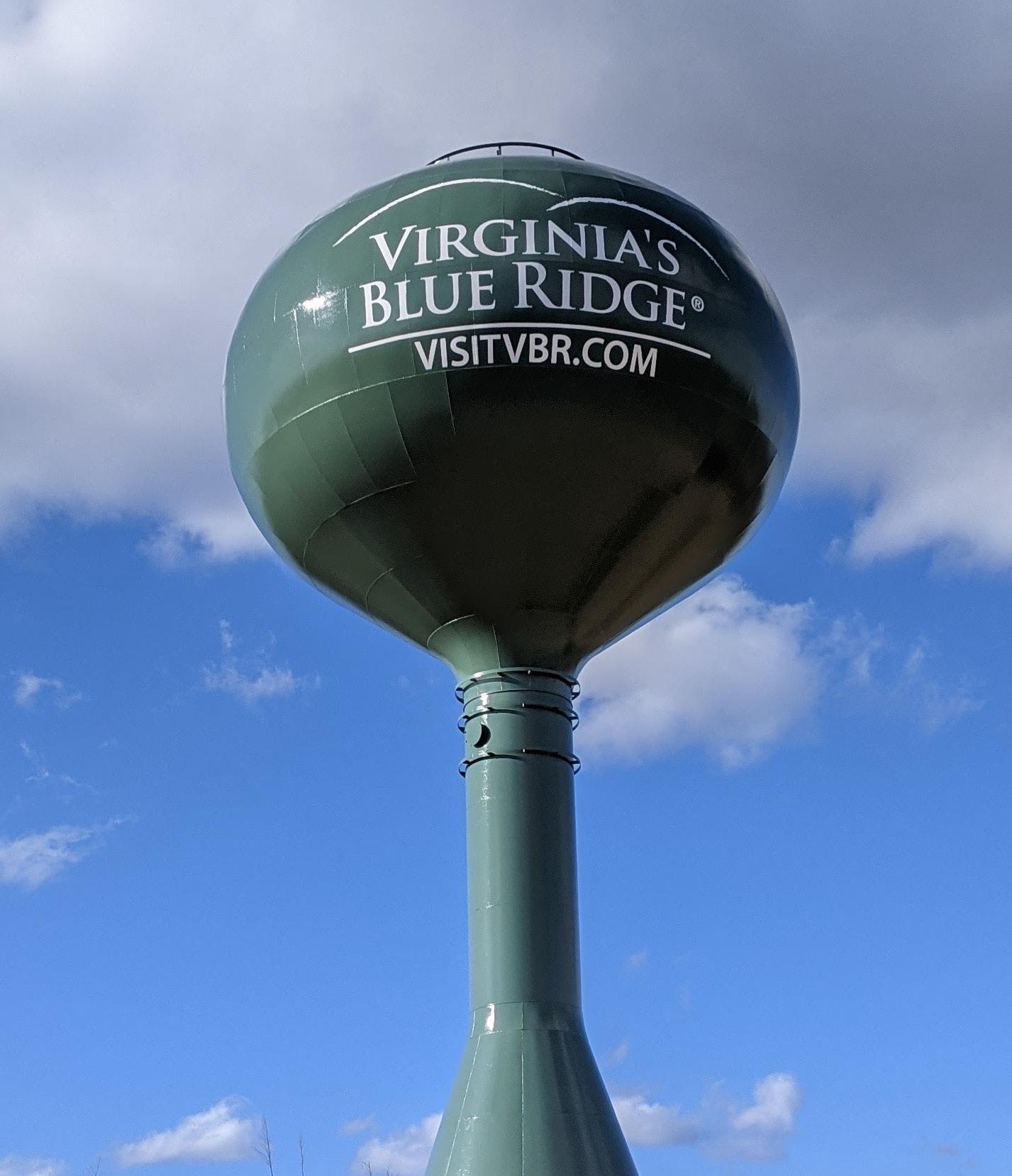Table of Contents 2021 Water Quality Report Contact Information ...................................................... 2 How Standards are Set .................................................. 3 Information about Specific Tests ................................... 4 Definitions ..................................................................... 5 Source Water Assessment ............................................ 6 Backflow Education ...................................................... 6 UCMR4 Data ................................................................. 7 Roanoke Area System Water Quality Data ........ ..... 8 -17 Botetourt County System Water Quality Data ... .. 18 - 21 Franklin County Systems Water Quality Data .... ... 22 - 39 Water Conservation, Leak Detection & Outreach ........ 40
Testing Your Water In order to ensure that tap water is safe to drink, the Environmental Protection Agency (EPA) prescribes regulations which limit the amount of certain contaminants in water provided by public water systems. Food and Drug Administration regulations establish limits for contaminants in bottled water which must provide the same protection for public health. All drinking water, including bottled drinking water, may reasonably be expected to contain at least small amounts of some contaminants. The presence of contaminants does not necessarily indicate that water poses a health risk.
More information about drinking water is available through these sources Virginia Department of Health: (Roanoke & Botetourt area) 540.463.7136 Virginia Department of Health: (Franklin County) 434.836.8416 Center for Disease Control and Prevention: 1.800.311.3435 404.639.3311 or 404.639.3312 (TTY) Roanoke Environmental Health Department: 540.857.7663 EPA Safe Drinking Water Hotline: 800.426.4791
How are the standards set? The U.S. Environmental Protection Agency (EPA) sets maximum contaminant levels (MCLs) at very stringent levels. In developing the standards, EPA assumes that the average adult drinks 2 liters of water each day throughout a 70-year life span. EPA generally sets MCLs at levels that will result in no adverse health effects for some contaminants or a one-in-ten-thousand to one-in-one-million chance of having the described health effect for other contaminants. The tables of data on pages 10 -39 summarize water-testing results from 2020 or the most recent reporting year for both regulated and non-regulated substances. Many other primary and secondary contaminants have been analyzed but were either below the instrument’s detection limits or below the MCLs. There is no State or Federal MCL for sodium. Monitoring is required to provide information to consumers and health officials that are concerned about sodium intake due to dietary restrictions. The EPA recommended optimal level of sodium is less than 20 ppm, established for people on a “strict” sodium intake diet. The amount of sodium detected in each water system is listed in the data charts. The Western Virginia Water Authority constantly monitors its water supplies for various contaminants to meet all regulatory requirements. All regulated substances must be tested annually (or triennially) for small systems) except for lead and copper and SOCs, which must be tested every three years, and radiologicals, which must be tested every six to nine years. The TTHMs/HAA5s were derived from running annual averages.
3




